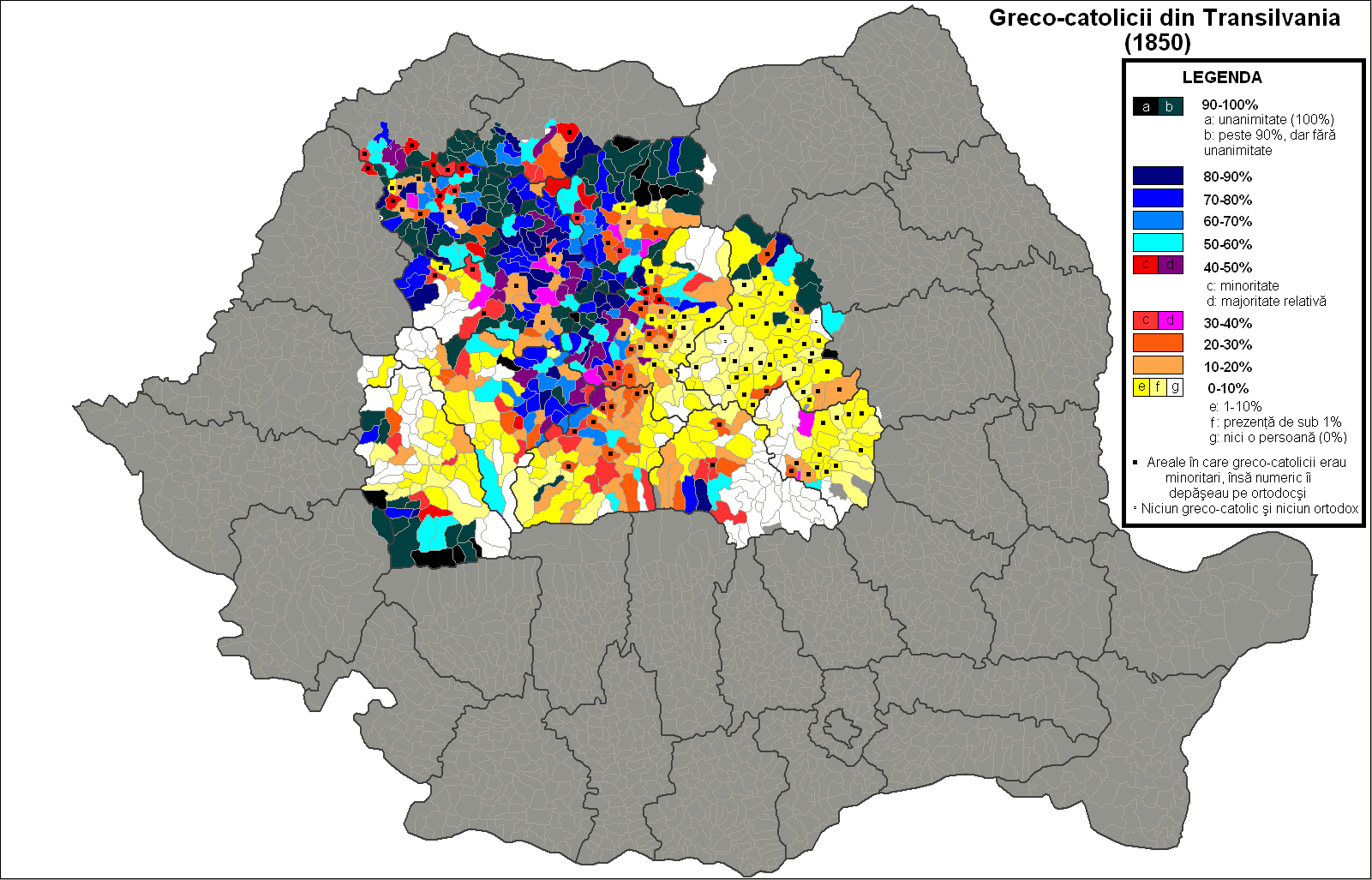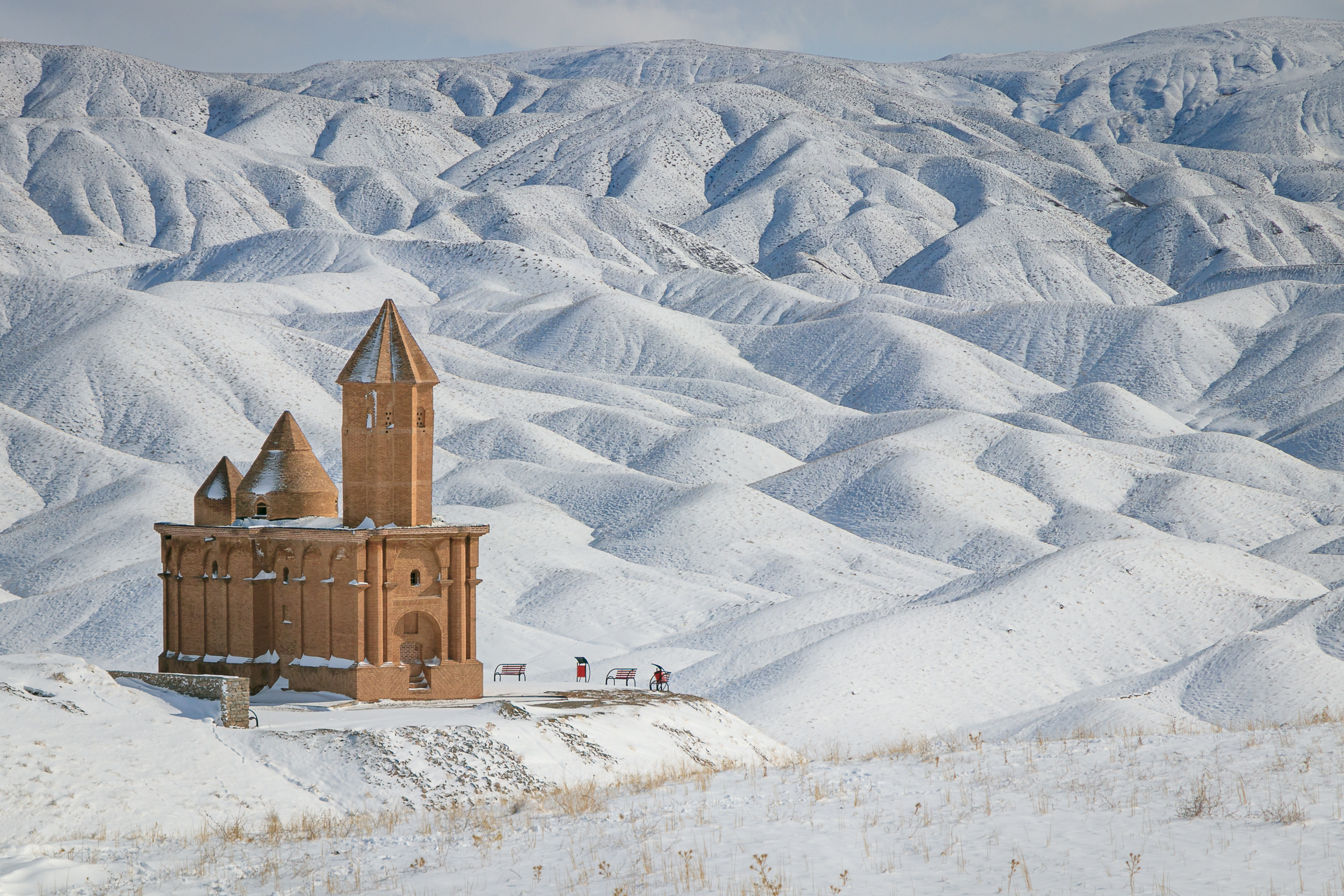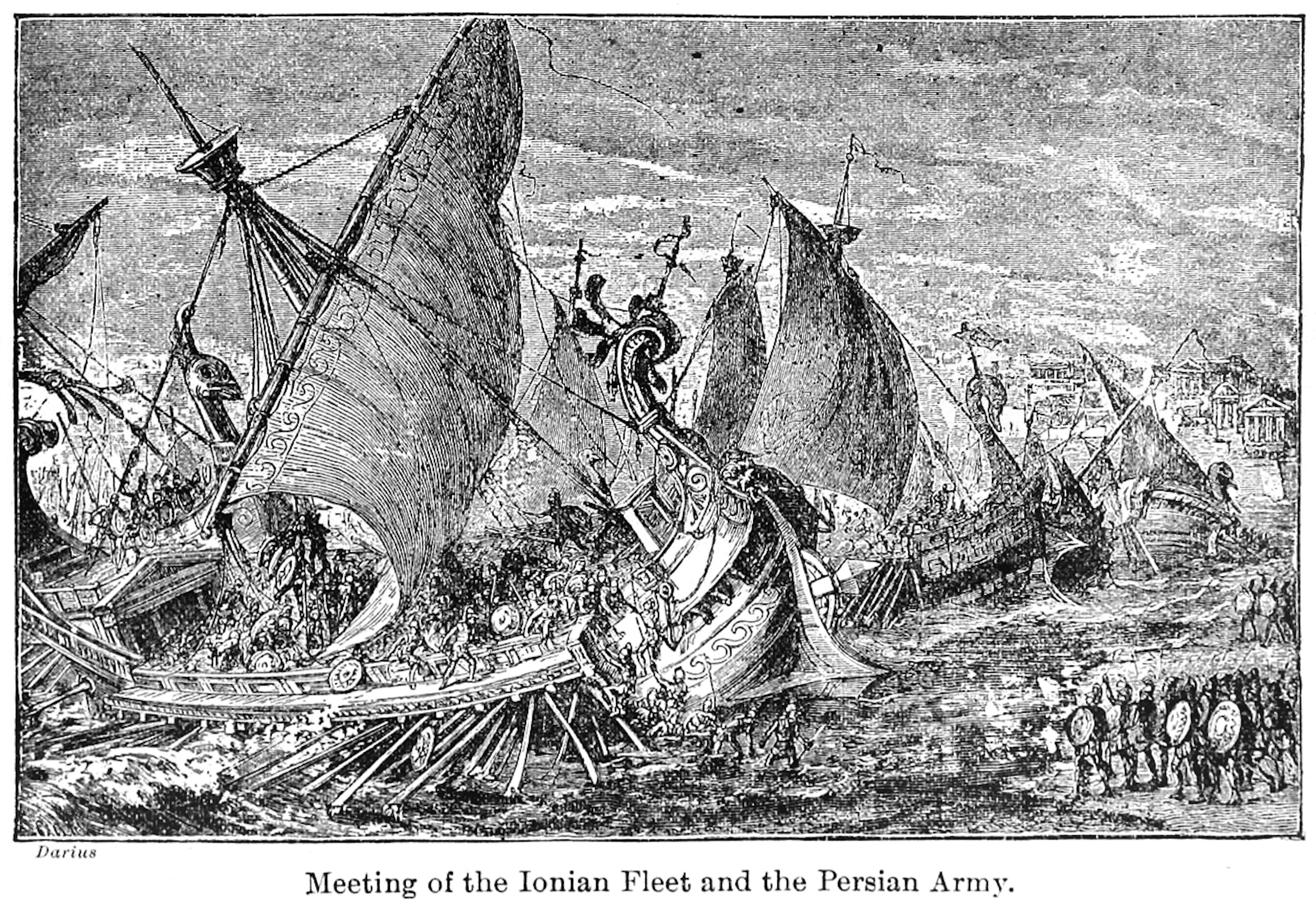|
Gherla
Gherla (; ; ) is a municipality in Cluj County, Romania (in the historical region of Transylvania). It is located from Cluj-Napoca on the river Someșul Mic, and has a population of 19,873 as of 2021. Three villages are administered by the city: Băița (formerly ''Chirău'', and ''Kérő'' in Hungarian), Hășdate (''Szamoshesdát'') and Silivaș (''Vizszilvás''). The city was formerly known as ''Armenopolis'' ( ''Hayakaghak''; ; ) because it was populated by Armenians. History A clay tablet containing a fragmentary Old Persian cuneiform of the Achaemenid king Darius I was found at Gherla in 1937. It may be connected to Darius I's epigraphic activities in relation to his Scythian campaign of 513 BC as reported by Herodotus. The locality was first recorded in 1291 as a village named ''Gherlahida,'' (probably derived from the Slavic word ''grle'', meaning " ford"). The second name was Armenian () meaning "Armenian city"; it took the Medieval Latin and Greek official name ... [...More Info...] [...Related Items...] OR: [Wikipedia] [Google] [Baidu] |
Cluj-Gherla Diocese
The Romanian Catholic Eparchy of Cluj-Gherla is an eparchy (equivalent to a diocese in the Latin Church) of the Romanian Greek Catholic Church which is an Eastern Catholic particular church of the Catholic Church that is in full communion with the Holy See. Its uses the Byzantine Rite in the Romanian language in its liturgical services. It was founded in 1930. It is a suffragan diocese of the Major Archeparchy of Făgăraș and Alba Iulia. The eparchy's cathedral church is the Cathedral of the Transfiguration which is situated in the city of Cluj-Napoca, Romania. A co-cathedral — the Cathedral of the Entry of the Virgin Mary into the Temple in Gherla — is still in the hands of the Romanian Orthodox Church. The incumbent eparch is Claudiu-Lucian Pop. Eparchs * Ioan Alexi (16 Nov 1854 Confirmed – 29 Jun 1863 Died) * Ioan Vancea (25 Sep 1865 Appointed – 21 Dec 1868 Appointed, Archbishop of Fagaras e Alba Iulia (Romanian)) * Mihail Pavel (23 Dec 1872 Appointed � ... [...More Info...] [...Related Items...] OR: [Wikipedia] [Google] [Baidu] |
Ordinariate For Catholics Of Armenian Rite In Romania
The Ordinariate for Armenian Catholics of Romania (), based in Gherla, is an ordinariate for Eastern Catholic faithful that is part of the Armenian Catholic Church, itself under the authority of the Pope. It serves Catholic members of Romania's Armenian community living in Transylvania. Overview At the end of the 17th century, Transylvania's Armenians converted to Catholicism, with the town of Gherla becoming the seat of their bishop. A key role in this process was played by the missionary Oxendius Vărzărescu, who was named bishop in 1690 by Pope Alexander VIII and served until his death in 1715. Subsequently, leadership of the community fell to the Latin Church Bishop of Transylvania. Bálint Kovács"Armenii în Transilvania (de la stabilirea lor în secolul XVII până în secolul XX)" at the Alba Iulia Archdiocesan Archive site Like the Romanian Greek-Catholic Church, the Armenians accepted basic Catholic principles while preserving their traditional rites and officiating l ... [...More Info...] [...Related Items...] OR: [Wikipedia] [Google] [Baidu] |
Cluj County
Cluj County () is a county () of Romania, in Transylvania. Its seat is Cluj-Napoca. Name In Hungarian language, Hungarian it is known as ''Kolozs megye''. Under the Kingdom of Hungary, a county with an identical name (Kolozs County, ) existed since the 11th century. Geography Cluj County lies in the northwestern half of the country, between parallels 47°28' in north and 46°24' in south, meridians 23°39' in west and 24°13' in east, respectively. It covers an area of unfolded in the contact zone of three representative natural units: the Apuseni Mountains, the Transylvanian Plateau, Someș Plateau, and the Transylvanian Plain. Cluj County is the 12th largest in the country and occupies 2.8% of Romania's area. It is bordered to the northeast with Maramureș County, Maramureș and Bistrița-Năsăud County, Bistrița-Năsăud counties, to the east with Mureș County, to the south with Alba County, and to the west with Bihor County, Bihor and Sălaj County, Sălaj counties. ... [...More Info...] [...Related Items...] OR: [Wikipedia] [Google] [Baidu] |
Romanian Church United With Rome, Greek-Catholic
The Romanian Greek Catholic Church or Romanian Church United with Rome is a ''sui iuris'' Eastern Catholic Church, in full union with the Catholic Church. It has the rank of a Major Archbishop, Major Archiepiscopal Church and it uses the Byzantine Rite, Byzantine liturgical rite in the Romanian language. It is part of the Major Archiepiscopal Churches of the Catholic Church that are not distinguished with a patriarchal title. Cardinal Lucian Mureșan, Archbishop of Greek Catholic Archdiocese of Făgăraș and Alba Iulia, Făgăraș and Alba Iulia, has served as the head of the Romanian Greek-Catholic Church since 1994. On December 16, 2005, as the ''Romanian Church United with Rome'', the Greek-Catholic church was elevated to the rank of a Major Archiepiscopal Church by Pope Benedict XVI, with Lucian Mureșan becoming its first major archbishop. Mureşan was made a cardinal, at the papal consistory, consistory of February 18, 2012. Besides the Archeparchy of Făgăraș and Alba ... [...More Info...] [...Related Items...] OR: [Wikipedia] [Google] [Baidu] |
Someșul Mic
The Someșul Mic (''Little Someș'', Hungarian language, Hungarian: ''Kis-Szamos'') is a river in north-western Romania (Cluj County). At its confluence with the Someșul Mare in Mica, Cluj, Mica, the Someș is formed. Its total length is , and its drainage basin area is . p. 13 It is formed at the confluence of two headwaters, ''Someșul Cald'' ("Warm Someș") and ''Someșul Rece'' ("Cold Someș"), that originate in the Apuseni Mountains. From the confluence, in Gilău, Cluj, Gilău, the Someșul Mic flows east and north through Cluj-Napoca, Apahida and Gherla, until it meets the Someșul Mare in Dej. Towns and villages The following towns and villages are situated along the river Someșul Mic, from source to mouth ...[...More Info...] [...Related Items...] OR: [Wikipedia] [Google] [Baidu] |
Oxendius Vărzărescu
Oxendius Vărzărescu (Latin: Oxendius Verzellescus, Armenian: Օշենտիոս Վըրզարեան or Վրզարեան, Hungarian: Verzár Oxendius) (1655 - 1715) was the first bishop of the Armenian Catholic Church of Gherla. Biography Oxendius Vărzărescu was born in 1655 in Botoșani. He was an Armenian Apostolic priest, coming to Bistrița with Moldovan Armenians. In 1670 Vărzărescu was in Rome, where he studied and was appointed bishop of the Armenians in Transylvania. Between 1672 and 1686 he made his church's union in Rome. In 1687 he was ordained (consecrated) to the episcopate by the Armenian Catholic Bishop of Lviv Lviv ( or ; ; ; see #Names and symbols, below for other names) is the largest city in western Ukraine, as well as the List of cities in Ukraine, fifth-largest city in Ukraine, with a population of It serves as the administrative centre of .... With the Armenian gold he went to Vienna to buy a territory on which the Armenians could settle in ... [...More Info...] [...Related Items...] OR: [Wikipedia] [Google] [Baidu] |
Armenian Catholic Church
The Armenian Catholic Church is an Eastern Catholic Churches, Eastern Catholic particular church ''sui iuris'' of the Catholic Church. It accepts the papal supremacy, leadership of the bishop of Rome, and is therefore in full communion with the universal Catholic Church, including the Latin Church and the 22 other Eastern Catholic Churches. The Armenian Catholic Church is regulated by Eastern Canon law (Catholic Church), canon law, summed up in the ''Code of Canons of the Eastern Churches''. The head of the ''sui iuris'' Armenian Catholic Church is the Armenian Catholic patriarch of Cilicia, whose main cathedral and ''de facto'' archiepiscopal see is the Cathedral of Saint Elias and Saint Gregory the Illuminator, in Beirut, Lebanon. Armenian Caritas is the official aid organisation of the Catholic Church in Armenia. History The Armenian Apostolic Church, Armenian Church took issue with the 451 Council of Chalcedon and formally broke off communion with the Chalcedonian Ch ... [...More Info...] [...Related Items...] OR: [Wikipedia] [Google] [Baidu] |
Municipiu
A municipiu (from Latin ''municipium''; English: municipality) is a level of administrative subdivision in Romania and Moldova, roughly equivalent to city in some English-speaking world, English-speaking countries. In Romania, this status is given to towns that are large and urbanized; at present, there are 103 ''municipii''. There is no clear benchmark regarding the status of ''municipiu'' even though it applies to localities which have a sizeable population, usually above 15,000, and extensive urban infrastructure. Localities that do not meet these loose guidelines are classified only as towns (''orașe''), or if they are not urban areas, as Commune in Romania, communes (''comune''). Cities are governed by a mayor and local council. There are no official administrative subdivisions of cities even though, unofficially, municipalities may be divided into quarters/districts (''cartiere'' in Romanian language, Romanian). The exception to this is Bucharest, which has a status simila ... [...More Info...] [...Related Items...] OR: [Wikipedia] [Google] [Baidu] |
European Scythian Campaign Of Darius I
The Scythian campaign of Darius I was a military expedition into parts of European Scythia by Darius I, the king of the Achaemenid Empire, in 513 BC. The Scythians were an East Iranian-speaking people who had invaded Media, revolted against Darius and threatened to disrupt trade between Central Asia and the shores of the Black Sea as they lived between the Danube and Don Rivers and the Black Sea. The campaigns took place in parts of what is now the Balkans, Ukraine, and southern Russia. The Scythians managed to avoid a direct confrontation with the Persian army due to their mobile lifestyle and lack of any settlement (except Gelonus), while the Persians suffered losses due to the Scythians' scorched earth tactic. However, the Persians conquered much of their cultivated lands and damaged their allies, forcing the Scythians to respect the Persian force. Darius halted the advance to consolidate his gains, and built a defence line. Practically everything that is known of this ca ... [...More Info...] [...Related Items...] OR: [Wikipedia] [Google] [Baidu] |
Darius I
Darius I ( ; – 486 BCE), commonly known as Darius the Great, was the third King of Kings of the Achaemenid Empire, reigning from 522 BCE until his death in 486 BCE. He ruled the empire at its territorial peak, when it included much of West Asia, parts of the Balkans (Skudra, Thrace–Achaemenid Macedonia, Macedonia and Paeonia (kingdom), Paeonia) and the Caucasus, most of the Black Sea's coastal regions, Central Asia, the Achaemenid conquest of the Indus Valley, Indus Valley in the far east, and portions of North Africa and Northeast Africa including History of Persian Egypt, Egypt (), eastern ancient Libya, Libya, and coastal The Sudans, Sudan. Darius ascended the throne by overthrowing the Achaemenid monarch Bardiya (or ''Smerdis''), who he claimed was in fact an imposter named Gaumata. The new king met with rebellions throughout the empire but quelled each of them; a major event in Darius's life was his expedition to subjugate Ancient Greece, Greece and punish Classical At ... [...More Info...] [...Related Items...] OR: [Wikipedia] [Google] [Baidu] |
Old Persian Cuneiform
Old Persian cuneiform is a semi-alphabetic cuneiform, cuneiform script that was the primary script for Old Persian. Texts written in this cuneiform have been found in Iran (Persepolis, Susa, Hamadan, Kharg Island), Armenia, Romania (Gherla), Turkey (Van Fortress), and Darius the Great's Suez Inscriptions, along the Suez Canal.Kent, R. G.: "Old Persian: Grammar Texts Lexicon", page 6. American Oriental Society, 1950. They were mostly inscriptions from the time period of Darius I, such as the DNa inscription, as well as his son, Xerxes I. Later kings down to Artaxerxes III used more recent forms of the language classified as "pre-Middle Persian". History Old Persian cuneiform was inspired by the Sumerian language, Sumero-Akkadian language, Akkadian Cuneiform script, cuneiform. At the beginning of the reign of Darius I in 521 BC, the Persian people, Persians did not yet have their own writing system. The administrative language of the Persian Empire was Elamite language, Elamite; in ... [...More Info...] [...Related Items...] OR: [Wikipedia] [Google] [Baidu] |
Cluj-Napoca
Cluj-Napoca ( ; ), or simply Cluj ( , ), is a city in northwestern Romania. It is the second-most populous city in the country and the seat of Cluj County. Geographically, it is roughly equidistant from Bucharest (), Budapest () and Belgrade (). Located in the Someșul Mic river valley, the city is considered the unofficial capital of the Historical regions of Romania, historical province of Transylvania. For some decades prior to the Austro-Hungarian Compromise of 1867, it was the official capital of the Grand Principality of Transylvania. , 286,598 inhabitants live in the city. The Cluj-Napoca metropolitan area had a population of 411,379 people, while the population of the peri-urbanisation, peri-urban area is approximately 420,000. According to a 2007 estimate, the city hosted an average population of over 20,000 students and other non-residents each year from 2004 to 2007. The city spreads out from St. Michael's Church, Cluj-Napoca, St. Michael's Church in Unirii Square, C ... [...More Info...] [...Related Items...] OR: [Wikipedia] [Google] [Baidu] |





